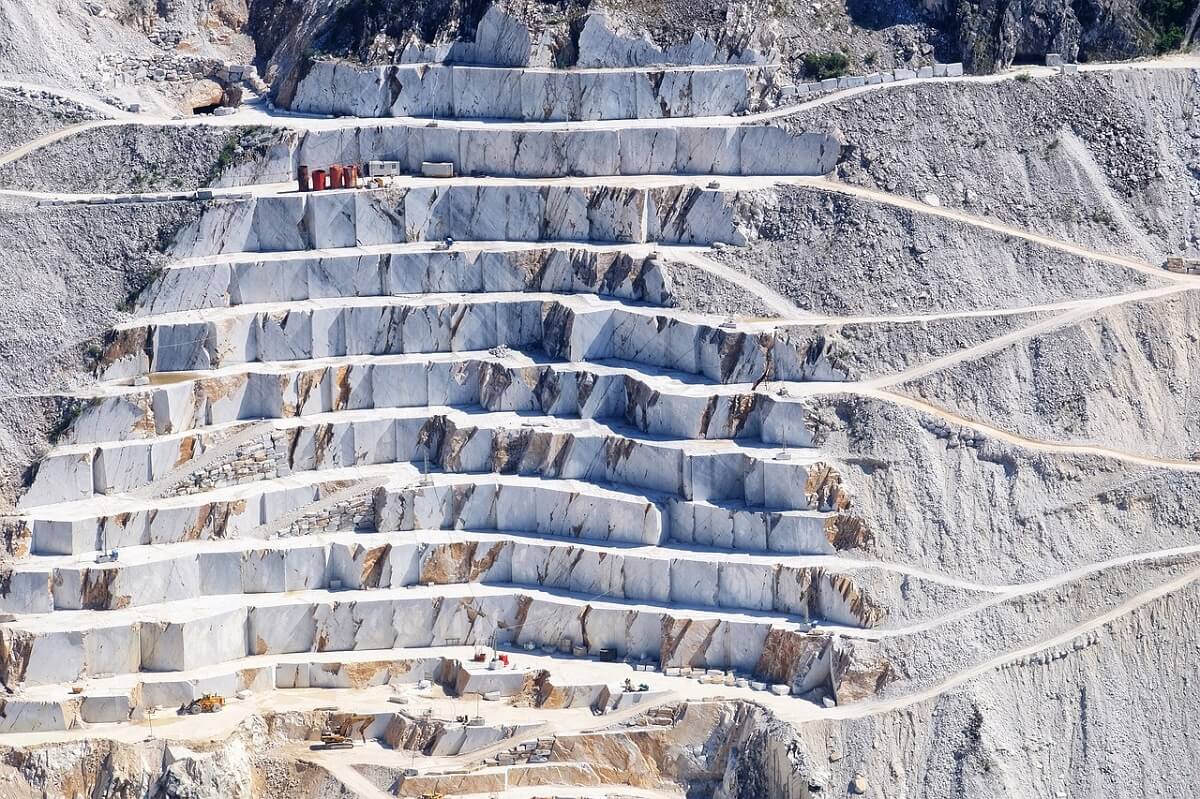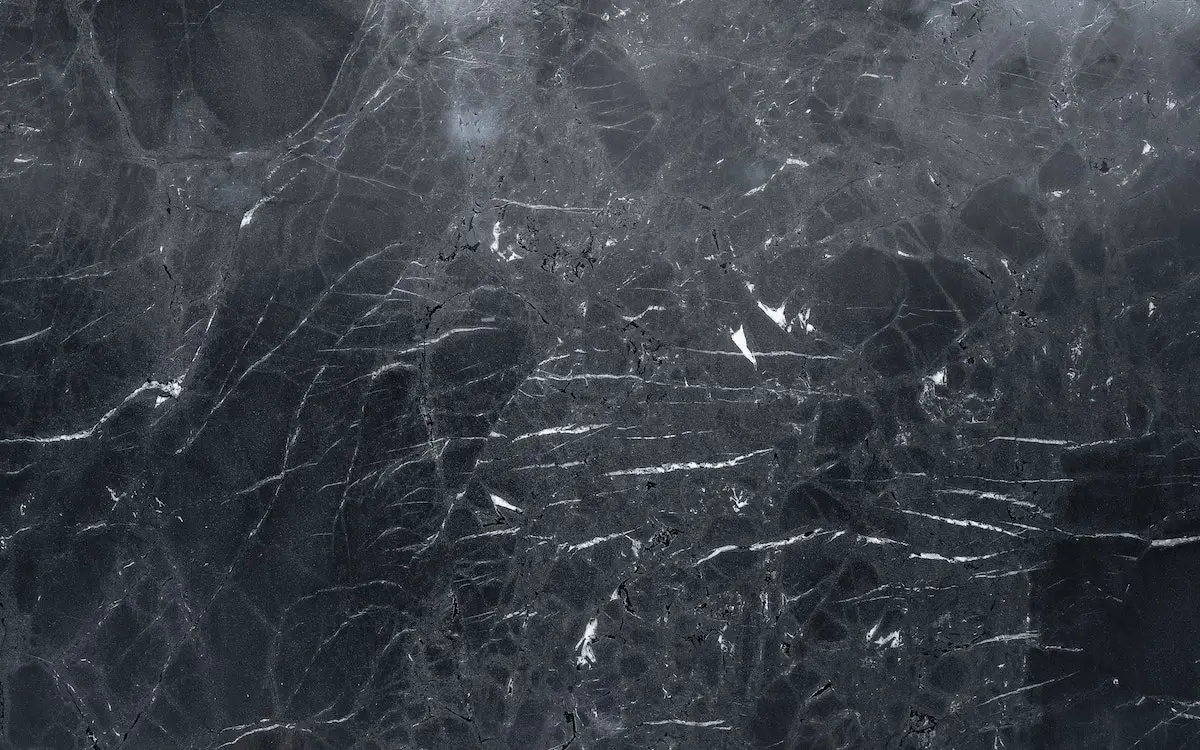Top Marble Importers: Marble, Travertine, and Alabaster are popular decorative stones that have been in use for centuries. They are used for various purposes such as construction, sculptures, and ornaments. These stones are widely available across the globe, but some countries have emerged as major importers in recent years. In 2021, China, India, Italy, Egypt, and Chinese Taipei were the top importers of these stones. In this article, we will take a closer look at the import trends of these countries and the factors contributing to their success.
Overview of Marble, Travertine, and Alabaster Import
Marble, Travertine, and Alabaster are in high demand across the world due to their unique properties and aesthetic appeal. The global import of these stones reached $7.18 billion in 2021, up from $6.81 billion in 2020. These stones are mainly imported from countries such as Turkey, Italy, Spain, Iran, and Egypt. However, some countries have emerged as major importers in recent years.
China: The Leading Importer of Marble, Travertine, and Alabaster
China has emerged as the world’s leading importer of Marble, Travertine, and Alabaster in recent years. In 2021, China imported these stones worth $1.28 billion, accounting for 17.8% of the global import value. China’s rapid economic growth and urbanization have led to an increase in demand for these stones. The country is also the world’s largest exporter of processed stones, which has contributed to its success as a major importer.
India: The Second-Largest Importer of Marble, Travertine, and Alabaster
India is the second-largest importer of Marble, Travertine, and Alabaster, with imports worth $217 million in 2021. The country has a rich history of using these stones in architecture and art, and they remain in high demand for construction and decorative purposes. The increase in disposable income and urbanization has led to a surge in demand for these stones in recent years.
Italy: The Third-Largest Importer of Marble, Travertine, and Alabaster
Italy is the third-largest importer of Marble, Travertine, and Alabaster, with imports worth $124 million in 2021. The country has a long history of producing high-quality marble and is known for its excellent craftsmanship in stone carving. Despite the pandemic-related challenges, Italy’s demand for these stones has remained steady due to the country’s strong tradition in using them for various purposes.
Egypt: A Growing Importer of Marble, Travertine, and Alabaster
Egypt has emerged as a significant importer of Marble, Travertine, and Alabaster in recent years, with imports worth $57 million in 2021. The country has a rich history of using these stones in ancient Egyptian architecture, and they remain in high demand for modern construction and decorative purposes. The Egyptian government has also taken initiatives to promote the use of these stones in various projects, contributing to the growth of the industry.
Chinese Taipei: A Small but Growing Importer of Marble, Travertine, and Alabaster
Chinese Taipei is a small but growing importer of Marble, Travertine, and Alabaster, with imports worth $33.6 million in 2021. The country’s demand for these stones has been growing steadily, and it is expected to increase in the coming years. The growth in the construction industry and the increasing popularity of these stones in decorative purposes have contributed to the growth of the industry in Chinese Taipei.
Factors Contributing to Import Trends
Several factors have contributed to the success of these countries as major importers of Marble, Travertine, and Alabaster. Let’s take a closer look at these factors:
Economic Growth and Urbanization
The rapid economic growth and urbanization of countries like China and India have led to an increase in demand for Marble, Travertine, and Alabaster. As more people move into cities and higher levels of disposable income become available, the demand for luxury goods and decorative stones has increased.
Tradition and Culture
Countries like Italy and Egypt have a strong tradition and culture of using Marble, Travertine, and Alabaster in architecture, art, and decorative purposes. This has led to a steady demand for these stones even during times of economic downturns or pandemics.
Quality and Craftsmanship
Italy is known for its excellent craftsmanship in stone carving and producing high-quality marble. This has contributed to the country’s success as a major importer of Marble, Travertine, and Alabaster.
Government Initiatives
The government of Egypt has taken initiatives to promote the use of Marble, Travertine, and Alabaster in various projects. This has led to an increase in demand for these stones and contributed to the growth of the industry.
Increasing Popularity
The increasing popularity of these stones in decorative purposes has contributed to the growth of the industry in countries like Chinese Taipei. As more people become aware of the aesthetic appeal of Marble, Travertine, and Alabaster, the demand for them has increased.
Challenges Faced by Importers
Importers of Marble, Travertine, and Alabaster have faced several challenges in recent years. The COVID-19 pandemic has disrupted global supply chains and caused delays in deliveries. Importers have also faced increasing prices due to high demand and supply chain disruptions.
Conclusion
Marble, Travertine, and Alabaster are popular decorative stones that are widely imported across the globe. China, India, Italy, Egypt, and Chinese Taipei were the top importers of these stones in 2021. Several factors have contributed to the success of these countries as major importers, including economic growth, tradition and culture, quality and craftsmanship, government initiatives, and increasing popularity. However, importers have also faced several challenges in recent years, including disruptions in supply chains and increasing prices. Despite these challenges, the demand for these stones is expected to remain strong in the coming years.
FAQs
- What are Marble, Travertine, and Alabaster used for?
- Marble, Travertine, and Alabaster are used for various purposes such as construction, sculptures, and ornaments.
- Which country is the leading importer of these stones?
- China is the leading importer of Marble, Travertine, and Alabaster.
- Which country has a long history of producing high-quality marble?
- Italy has a long history of producing high-quality marble.
- Which factors have contributed to the success of these countries as major importers?
- Factors such as economic growth, tradition and culture, quality and craftsmanship, government initiatives, and increasing popularity have contributed to the success of these countries as major importers.
- What challenges have importers faced in recent years?
- Importers of Marble, Travertine, and Alabaster have faced challenges such as disruptions in supply chains and increasing prices due to high demand.



